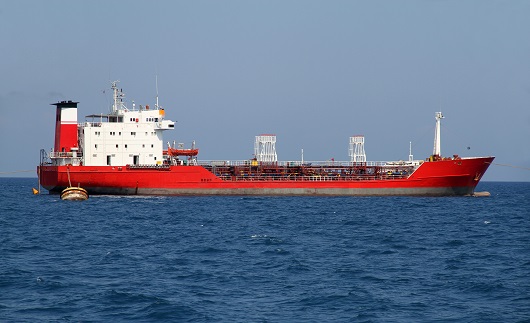Last week, the UN International Maritime Organization (IMO) conceded to improve the regulations on permission of exhaust gas cleaning systems. The purpose was to facilitate the reaching of sulphur limit rates, for example in the Baltic Sea and the North Sea. As a result, currently the process of ascertainment of truth concerning the observing of the stricter limit rates for sulphur sea discharge happened easily.

Image: DMA
The current guidelines prevented both the ship owners and manufacturers of exhaust gas cleaning systems from providing with papers the systems’ operations. However, last week, the second session of the IMO Sub-Committee on Pollution Prevention and Response (PPR 2) managed to come to an arrangement on improvements to the verification method for permission of exhaust gas cleaning systems. In particular that would enable the future verification, grounded in calculations.
The process would include checking whether those involved in cleaning complied with the established washwater pH rates-sulphur had to be washed out from the exhaust gas. The alteration of the law was additional to the regulation in that sphere, enforced by far. That regulation, extremely burdened, directed the rules about pH measurements, observed around the vessel during its travelling at sea.
Denmark was the first country to initiate improvements of the regulations. The Director General of the Danish Maritime Authority (DMA) Andreas Nordseth was very happy with that fact. According to him, Denmark was aiming to facilitate the promotion and application of solutions that would enable the lessening of sulphur emissions. It that way, the preparation of such an act was an important step towards the correct purpose.
Currently, the new calculation method was about to be ratified during the following session of the IMO Marine Environment Protection Committee (MEPC 68). The session would take place this spring.